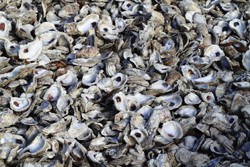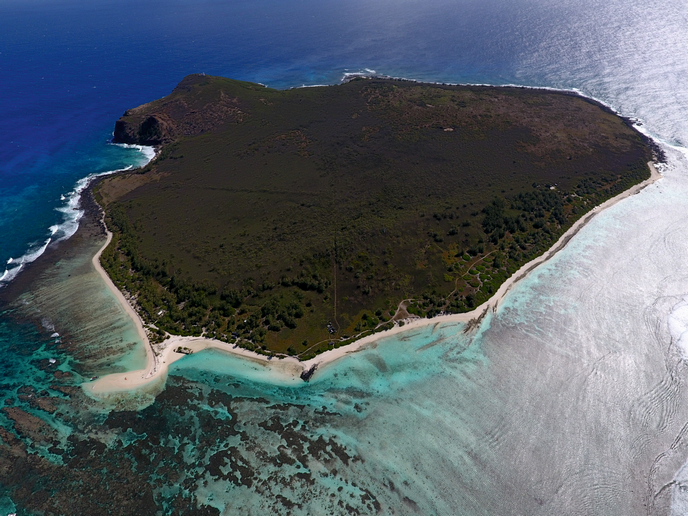Molecular archaeology in Brazil
Brazilian shell middens, or sambaquis, are a rich source of information about the hunter-gatherer-fishers that lived along the coastline between 1 000 and 8 000 years ago. The EU-funded COREBRAS project aimed to use molecular archaeology to investigate the interactions between these peoples and the various ecosystems they inhabited. The initial focus was on researcher training in molecular archaeology techniques at the University of York. Following training, the research team collected samples from various sambaquis along the Brazilian coast. COREBRAS analysed bone collagen and changes to the mineral fraction in human remains. The collagen was well-preserved, but the mineral fraction was drastically altered and so not useful for analysis. Much of the team's work was dedicated to reconstructing the diet using food and animal remains. They found that despite environmental differences, diets remained uniform across the sambaquis — mostly marine and land animals with a small amount of plant matter. COREBRAS concluded that cultural changes such as the advent of economic activity did not change the foraging approach to subsistence in these communities. These findings demonstrate the value of molecular archaeology in understanding archaeological records.




